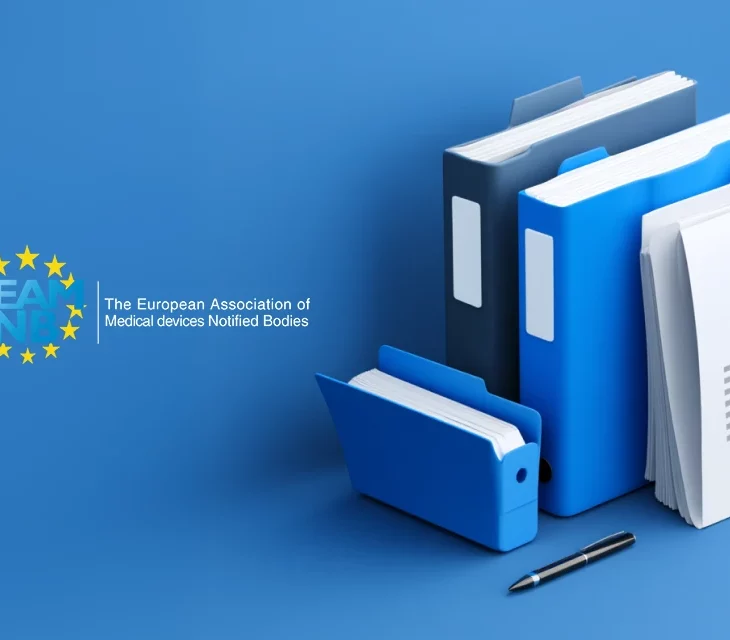Team-NB Updates Best Practice Guidance on MDR Technical Documentation
Team-NB has published the third edition of its Best Practice Guidance (BPG) on technical documentation under the MDR. The document aims to harmonise expectations between manufacturers and notified bodies, improve transparency, and enhance the quality of conformity assessment submissions. The new version reflects practical experience from notified body audits and market observations. It highlights recurring deficiencies and offers concrete solutions to strengthen the effectiveness of the conformity assessment process.

Scope of the Team-NB guidance
The guidance elaborates on the structure and content of technical documentation in line with MDR Annexes II and III, covering:
- full device description, variants, and configurations,
- compliance with General Safety and Performance Requirements (GSPRs),
- non-clinical testing, clinical evaluation, and clinical evidence,
- post-market surveillance (PMS) and PMCF planning,
- labelling and instructions for use.
Recommendations from Team-NB
The document offers actionable insights to improve both document quality and review efficiency:
- Manufacturers should align documentation strictly with MDR format, avoiding legacy structures from MDD/IVDD submissions.
- Avoid generic templates, Documentation must be device-specific, reflecting intended purpose, clinical context, and risk profile.
- Strong links between sections (e.g., GSPR ↔ risk analysis, PMS ↔ PMCF) are essential for a credible and coherent dossier.
- Excessive annexes or scattered evidence should be avoided. The file should be easily navigable for reviewers.
- All documents should be version-controlled, dated, signed, and clearly referenced—formal gaps may lead to non-conformities.
Impact on manufacturers and notified bodies
The guidance enhances mutual understanding between stakeholders and helps reduce review timelines and documentation deficiencies. It supports a harmonised approach to MDR interpretation and contributes to improving the overall efficiency and predictability of the certification process across Europe.
Read the article: Best Practice Guidance for the Submission of Technical Documentation under Annex II and III of Medical Device Regulation (EU) 2017/745